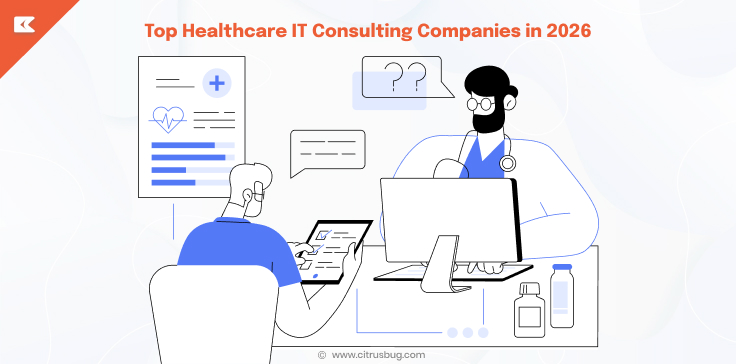Healthcare-SaaS Solutions: Shaping the Future of Healthcare
- April 10, 2023
-
5348 Views
- by Ishan Vyas
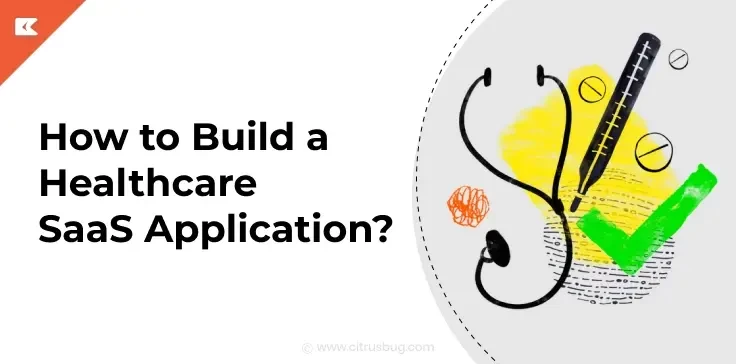
As the number of diseases increases, the healthcare industry is working to ease cures with technology. New-generation technologies like AI/ML, robotics, and applications are a boon to the healthcare industry. As a result, numerous SaaS applications are available on the market. Many companies have started building healthcare-based applications. Now let’s learn more about healthcare SaaS applications.
What is a SaaS application?
Software-as-a-service (SaaS) is an application that provides services online. One doesn’t need to download and install the web app to use it manually. SaaS apps are a service-based substitute for offering offline user-owned software. Software applications that can be accessed remotely are becoming more popular due to the development of digital transformation. SaaS application development services are a practical solution as a result.
Users can use their internet browser on various devices to access SaaS applications. In addition, the SaaS product owner is exempt from the upkeep and challenges related to cloud infrastructure. External cloud computing services providers like AWS and Azure manage these cloud infrastructures and data warehouses. SaaS application development may produce a reliable and scalable product if done correctly.
You may also like to read:
How to Choose a Reliable SaaS Application Development Company
What is a healthcare SaaS?
You are familiar with SaaS applications because you have already studied the concept of SaaS applications. Now let’s know what healthcare SaaS applications are. Many healthcare SaaS applications are available globally. Such as electronic medical records (EMR), electronic health records (EHR), telehealth, the picture archiving and communication system (PACS), and many others. Also, nonclinical information systems like RCM, billing, and supply chains are available.
Growth scale of 2022–2023 for healthcare SaaS
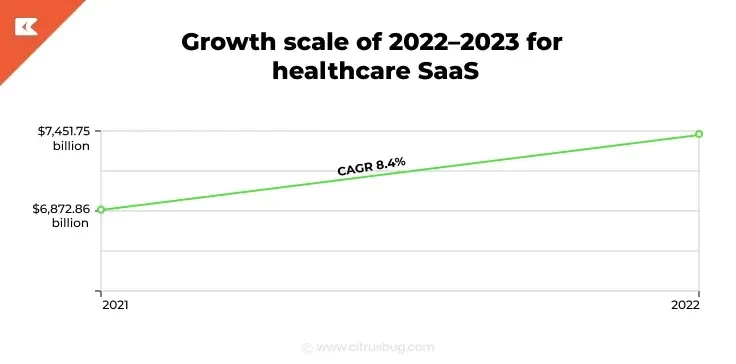
Similarly, the software as a service (SaaS) industry is anticipated to expand at a CAGR of 27.5% from USD 130.69 billion in 2021 to USD 716.52 billion in 2028.
The above statistics show that the popularity of SaaS applications in healthcare is swiftly growing. Because of their cost-effectiveness, security, and scalability benefits.
Benefits of SaaS in the healthcare industry
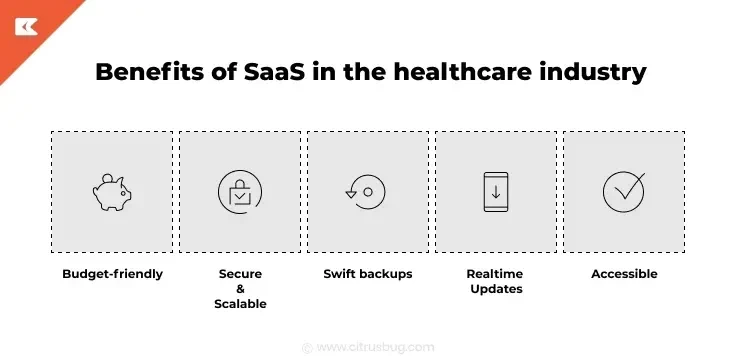
- Budget-friendly
- Secure and Scalable
- Swift backups
- Real-time updates
- Accessible
Budget-friendly:
As awareness of the healthcare industry grows, it is the most expensive when it comes to technologies. It cannot compromise a single feature to save a little money. It must be significant because it is about a person’s life. But with the help of SaaS applications, it can customise the applications. Furthermore, you don’t have to bear any cost for the points below.
- Maintenance cost
- High installment cost
- No hardware equipment cost
- No upgradation cost
Secure and Scalable:
There are also numerous compliance requirements, such as HIPAA, which ensure the privacy and security of sensitive data and confidential health records. Utilizing a HIPAA compliant medical billing software can further enhance data protection for healthcare providers, as it helps maintain proper record-keeping for licensure and certifications, such as USMLE or compact nursing state licenses. In addition, SaaS apps are very scalable because they are typically cloud-based. Healthcare institutions don’t need to worry about scalability because they can quickly scale up or down their apps in response to their business expansion.
Swift Backups
Backups are simple and quick, making them one of the essential aspects of SaaS application development services. In SaaS applications, the backup process flows continuously. As a result, in the case of an emergency, all medical data can be quickly recovered.
Realtime Updates:
Because SaaS solutions provide real-time changes, healthcare institutions can ensure they always have accurate information. All specialists working on a patient’s care can share regular updates and work together on their data. Each professional will be equipped with the most recent information to deliver superior care.
Accessibility:
Authorized users can access information via SaaS applications anytime and from any location. Since doctors can consult with one another about a patient’s case from far away, it is crucial. Communication between patients and doctors is also simplified.
Various trends in SaaS healthcare
Currently, there are multiple healthcare trends to look forward to in the upcoming year for SaaS application development services in the healthcare industry.
Artificial Intelligence (AI) Services:
SaaS application development companies deliver automated business workflows using artificial intelligence (AI), enhancing productivity and performance.
Through various ways, AI automation may help SaaS healthcare. The primary step that affects this is to detect security flaws. In addition, the ability to recognize trends makes it easier to identify potential threats. Also, the self-recovery feature, which can help retrieve crucial data, is the best.
The discharge procedure is being streamlined and automated with artificial intelligence. A Central Florida healthcare system called Health First has cut each patient’s average length of stay by six hours by expediting the discharge procedure with AI-driven analytics.
Multiple Cloud Strategy:
Experts predict a 19.6% increase in businesses using cloud-based software. The potential of multi-cloud solutions and new SaaS trends can assist healthcare firms in resolving challenging issues. SaaS companies can execute their apps in the same physical area as the customer using a multi-cloud strategy. The cloud solution lowers the high costs of interregional bandwidth while making things more reasonable for healthcare providers.
By utilising a variety of cloud providers, healthcare organizations can also strengthen their ability to manage, store, analyze, and preserve vital healthcare data. For disaster recovery, there are many cloud service providers available. Many SaaS subscription-based management services can be used with them.
Integrating a data warehouse in healthcare allows for a centralized repository of patient information, streamlining data analysis and supporting informed decision-making across healthcare services.
Vertical SaaS:
Vertical SaaS is a fascinating trend that is popular. The horizontal SaaS form applies to any sector or area. It is, therefore, more frequently used than its equivalent. A “vertical SaaS” type focuses on a single industry, such as healthcare.
Vertical SaaS always focuses on the singular sector that delivers the development of supply chains and customer care. It focuses on the specific issue and offers solutions that meet the requirements of institutes while incorporating expert experience.
Due to their customized solutions, vertical SaaS solutions will gain more attention in the B2B market.
To mention a few, vertical SaaS apps include retail analytics software, contemporary logistics analytics, and BI software for the healthcare industry. The benefits of specialization are more affordable since they can be customized.
How do I build a healthcare SaaS application?
Building a healthcare SaaS application requires an actual amount of planning, collaboration, and development resources. The steps to developing a healthcare SaaS product are divided into five phases.
Let’s learn about each step described in detail.
- Planning: Before hunting for SaaS Application development companies, one must be ready with the vision of what the SaaS Application will present healthcare solutions. The vision of the SaaS Application will propose to the end-users in the market. So, precisely plan the features and functionalities that serve the user-friendly and problem-solving application.By deciding who will use your SaaS application, you may define its architectural requirements and functionalities more precisely.
- Analyzation: Once the plan is ready, start reaching out to the SaaS Applications development company. Companies will list out the features and functionalities and analyze the plan. They will showcase the plans that keep the application simple to use, cloud-based server, authorized access, error security, and allow multiple users.
- Finalize the documentation: Finalise your documentation before moving to the development process. It is significant to document all the aspects legally. Documents include project scope, user specification, company contracts, HIPAA, and BAA.
- Design MVP: MVP stands for Minimum Viable Product. Initially, the plan of your application will design on MVP. If the MVP of the SaaS Application is feasible, it will only be approved and progress to the development process.
- Development Process:Once the planning, documentation, and technology stack stages have been determined, the development process can start.A wide range of knowledge and expertise is required to develop a SaaS application, especially for the healthcare industry, because it will deal with highly private data. The best development support option is hiring developers from the consulting firm you’ve been working with up to this point.Software developers experienced with front-end, back-end, databases, Javascript libraries, and SaaS application development are needed. Let’s now jump to the last step of deployment.
- Deployment and Maintenance: Medical SaaS application development companies always deliver a full-fledged, high-quality product. Before delivering the SaaS application to the client, it is subjected to a quality check and extensive testing of each module and line of code.Even after completion of the project, companies provide maintenance support to keep your application up to date.
Conclusion
In conclusion, this blog about SaaS applications in the healthcare industry has helped you learn how to build SaaS healthcare applications. Also, we have covered many surrounding aspects. The importance of Software-as-a-Service (SaaS) applications in the healthcare industry results in massive help for medical cures and hospital management. Also, various trends are keeping hopes high for the healthcare industry.



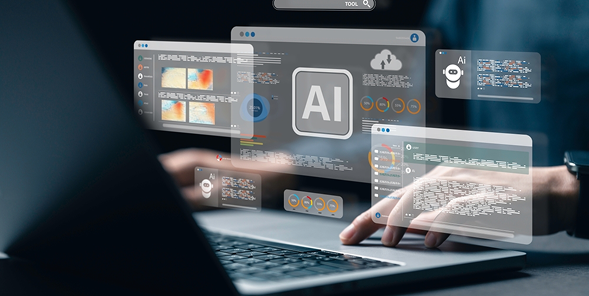

 SaaS Development
SaaS Development Web Application Development
Web Application Development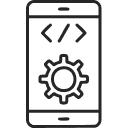 Mobile Application Development
Mobile Application Development Custom Software Development
Custom Software Development Cloud Development
Cloud Development DevOps Development
DevOps Development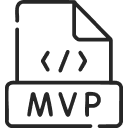 MVP Development
MVP Development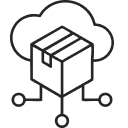 Digital Product Development
Digital Product Development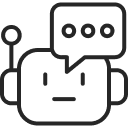 Hire Chatbot Developers
Hire Chatbot Developers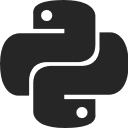 Hire Python Developers
Hire Python Developers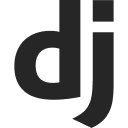 Hire Django Developers
Hire Django Developers Hire ReactJS Developers
Hire ReactJS Developers Hire AngularJS Developers
Hire AngularJS Developers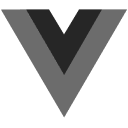 Hire VueJS Developers
Hire VueJS Developers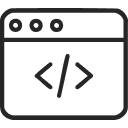 Hire Full Stack Developers
Hire Full Stack Developers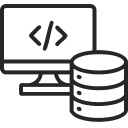 Hire Back End Developers
Hire Back End Developers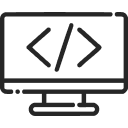 Hire Front End Developers
Hire Front End Developers AI Healthcare Software Development & Consulting
AI Healthcare Software Development & Consulting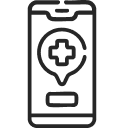 Healthcare App Development
Healthcare App Development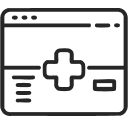 EHR Software Development
EHR Software Development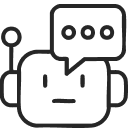 Healthcare AI Chatbot Development
Healthcare AI Chatbot Development Telemedicine App Development Company
Telemedicine App Development Company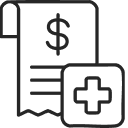 Medical Billing Software Development
Medical Billing Software Development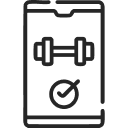 Fitness App Development
Fitness App Development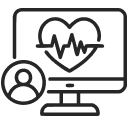 RPM Software Development
RPM Software Development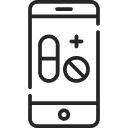 Medicine Delivery App Development
Medicine Delivery App Development Medical Device Software Development
Medical Device Software Development Patient Engagement Software Solutions
Patient Engagement Software Solutions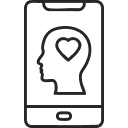 Mental Health App Development
Mental Health App Development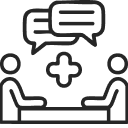 Healthcare IT Consulting
Healthcare IT Consulting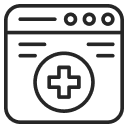 Healthcare CRM Software Development
Healthcare CRM Software Development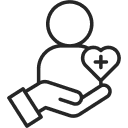 Healthcare IT Managed Services
Healthcare IT Managed Services Healthcare Software Testing services
Healthcare Software Testing services Medical Practice Management Software
Medical Practice Management Software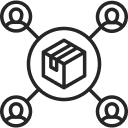 Outsourcing Healthcare IT Services
Outsourcing Healthcare IT Services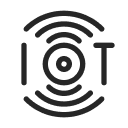 IoT Solutions for Healthcare
IoT Solutions for Healthcare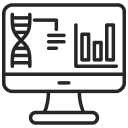 Medical Image Analysis Software Development Services
Medical Image Analysis Software Development Services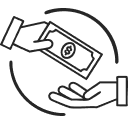 Lending Software Development Services
Lending Software Development Services Payment Gateway Software Development
Payment Gateway Software Development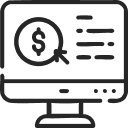 Accounting Software Development
Accounting Software Development AI-Driven Banking App Development
AI-Driven Banking App Development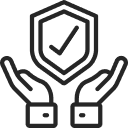 Insurance Software Development
Insurance Software Development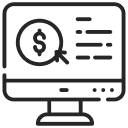 Finance Software Development
Finance Software Development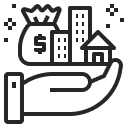 Loan Management Software Development
Loan Management Software Development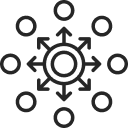 Decentralized Finance Development Services
Decentralized Finance Development Services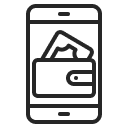 eWallet App Development
eWallet App Development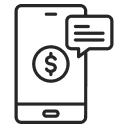 Payment App Development
Payment App Development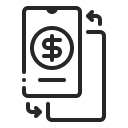 Money Transfer App Development
Money Transfer App Development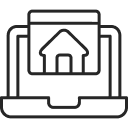 Mortgage Software Development
Mortgage Software Development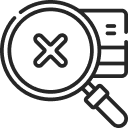 Insurance Fraud Detection Software Development
Insurance Fraud Detection Software Development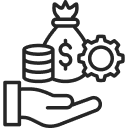 Wealth Management Software Development
Wealth Management Software Development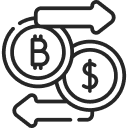 Cryptocurrency Exchange Platform Development
Cryptocurrency Exchange Platform Development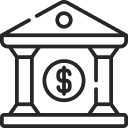 Neobank App Development
Neobank App Development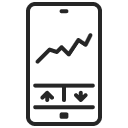 Stock Trading App Development
Stock Trading App Development AML software Development
AML software Development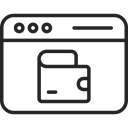 Web3 Wallet Development
Web3 Wallet Development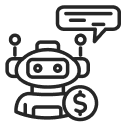 Robo-Advisor App Development
Robo-Advisor App Development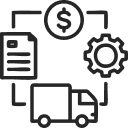 Supply Chain Management Software Development
Supply Chain Management Software Development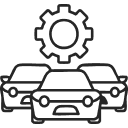 Fleet Management Software Development
Fleet Management Software Development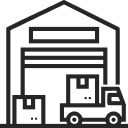 Warehouse Management Software Development
Warehouse Management Software Development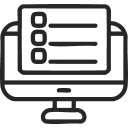 LMS Development
LMS Development Education App Development
Education App Development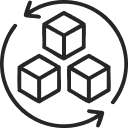 Inventory Management Software Development
Inventory Management Software Development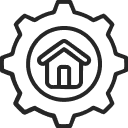 Property Management Software Development
Property Management Software Development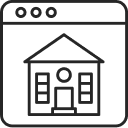 Real Estate CRM Software Development
Real Estate CRM Software Development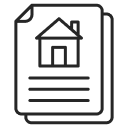 Real Estate Document Management Software
Real Estate Document Management Software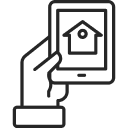 Construction App Development
Construction App Development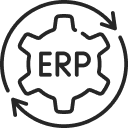 Construction ERP Software Development
Construction ERP Software Development






